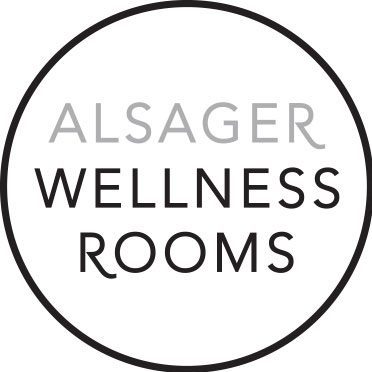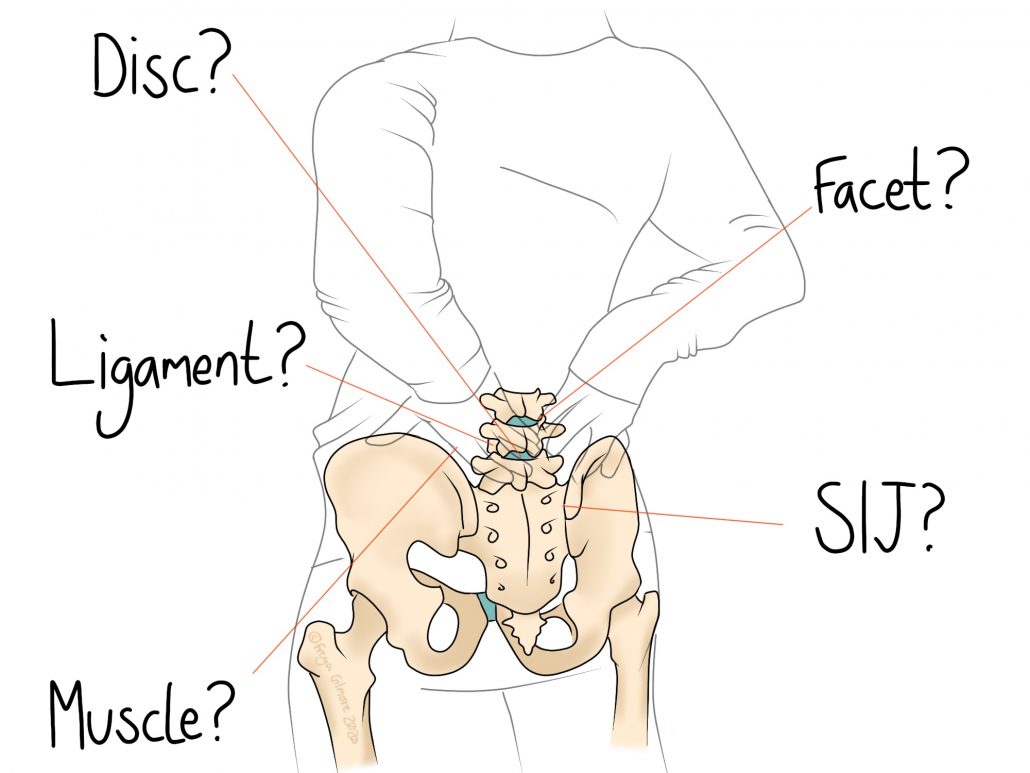Back pain can be debilitating, and understanding the cause of our pain is a well documented way to reduce it. Osteopaths are qualified to treat what is known as “non specific lower back pain”. This covers most causes of discomfort that are not due to disease or serious injury such as fracture.
But of course, “non specific” lower back pain means we can’t pin it down to one thing. Not just because we don’t have x-ray vision, but because it’s often a combination of things, and not all of them show up, even on MRI.
As long as suitable progress is being made, it is not necessary to get imaging for simple lower back pain.
Bulging Discs
Of all the possibilities under the “non-specific” umbrella, disc problems are the one patients are most scared of. It seems that everyone knows someone who was debilitated by a “slipped”* disc. But what you might not know is that most people have some degree of disc bulge, and a lot of them will never have symptoms. This is another reason the NHS does not recommend routine imaging for simple lower back pain: chances are there is some sort of disc injury that precedes the real cause of pain.
Disc bulges do resolve over time, and we can make things more comfortable until then. A typical plan might involve releasing pressure from the area and encouraging good movement throughout the body.
* discs don’t slip! They are held very securely to the bone above and below.
Joint Pain
Joints in the back and pelvis can be a cause of lower back pain. Pelvic joints often play a role in pregnancy related back pain.
Osteoarthritis is a common cause of discomfort, and it can be improved with treatment. This is particularly useful for arthritic spinal joints as surgical options are much more limited than for hips and knees.
Shorter-term causes of joint pain could be a simple sprain, where the ligaments of a joint have been over-stretched and injured. Ligaments are quite slow to heal, so the osteopath’s job is to keep the local area as healthy as possible. We also look further afield for reasons why the joint was overworked in the first place. Stiffness in the upper back, for example, would mean increased movement elsewhere as the body compensates.
Muscular Lower Back Pain
Muscles can be a primary cause of pain in the lower back if they themselves are injured or strained, but they play a secondary role in other causes too.
The body is quick to protect itself when it believes itself to be in danger. Tightening muscles is an easy way to do that. However, movement is often exactly what we need to turn off that danger signal. Luckily, tight muscles are easily treated, and we can improve movement of the affected area during treatment and in exercises to do at home.
If you suffer from episodes of lower back pain, book now and see if we can prevent your next one.


